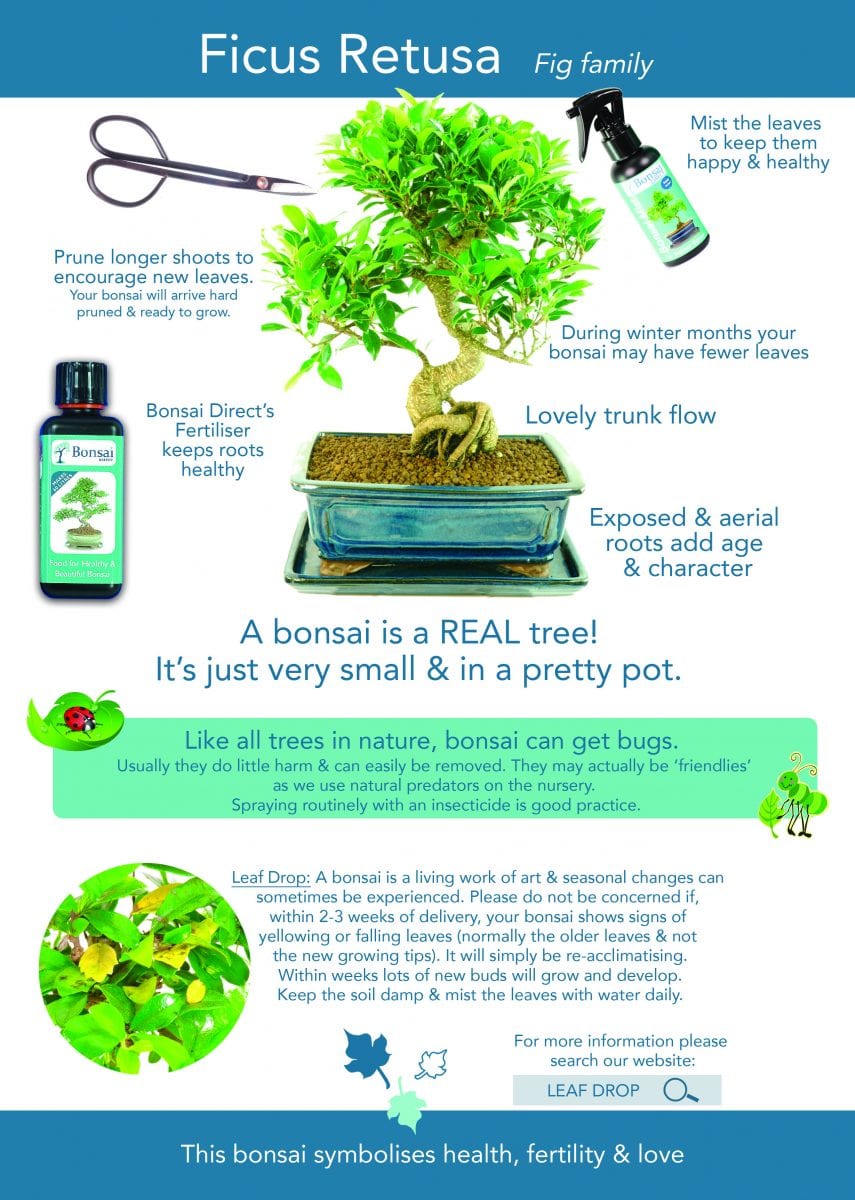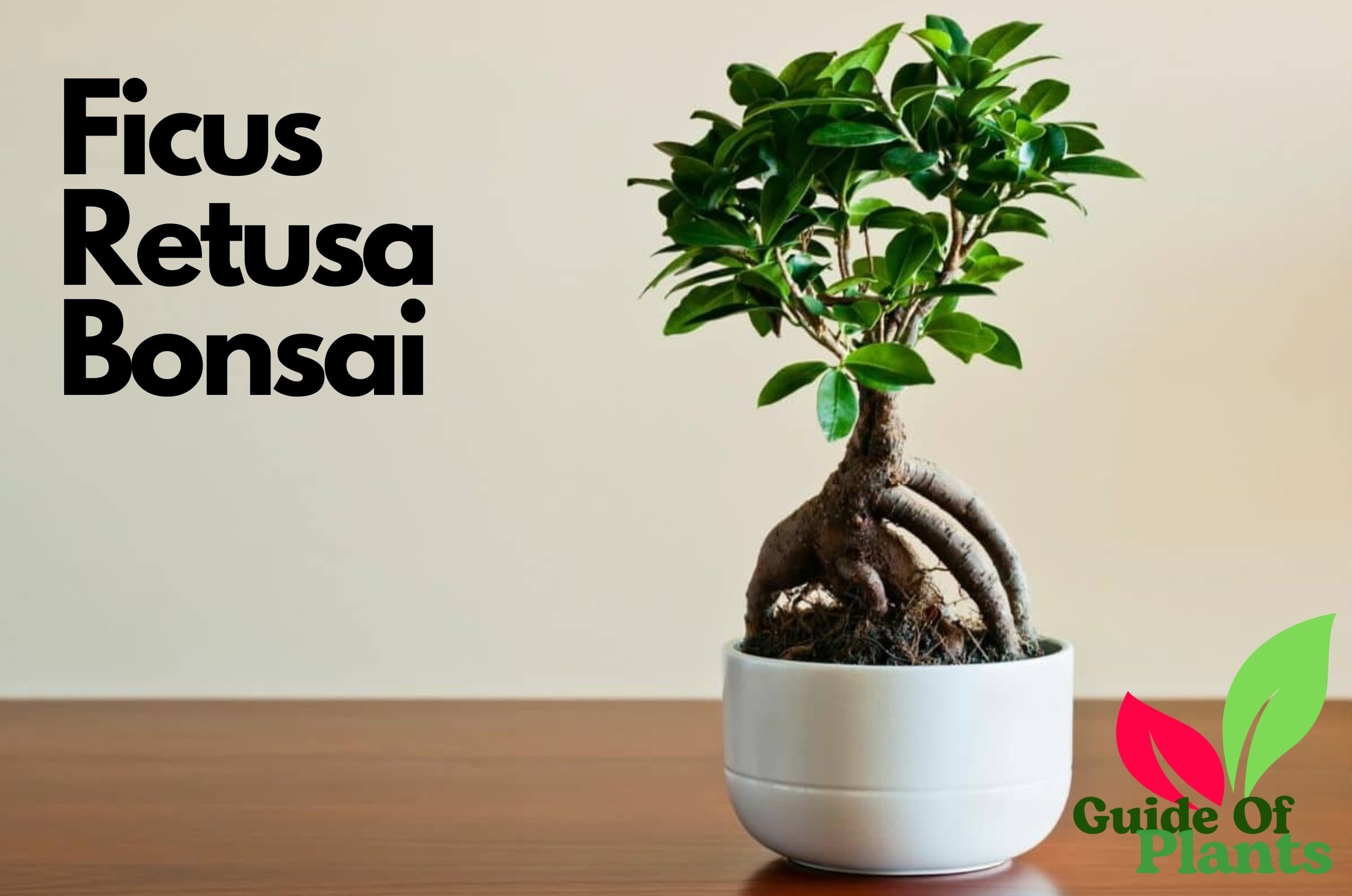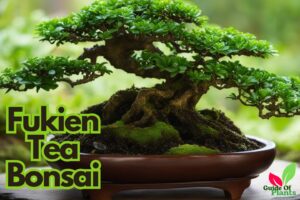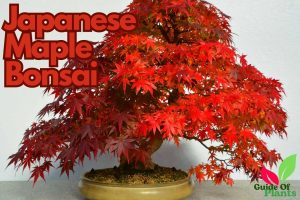The popular species of bonsai tree known as Ficus bonsai, also called Ficus retusa, is native to Southeast Asia, India, and China. It is a member of the family of trees, shrubs, and vines known as the Ficus. The Ficus bonsai is admired by bonsai enthusiasts for its distinctive appearance and capacity to grow in a variety of environments.
It is a popular option for people who want to grow a bonsai tree in their home because it is also known for growing well indoors. In this blog we will discuss Ficus bonsai history, varieties, growing and caring advice, styling methods, common problems and also it’s importance in Bonsai Gardening.
Table of Contents
History Ficus Bonsai
Ficus bonsai can be traced back to China, where bonsai cultivation first appeared more than a thousand years ago. Ficus bonsai, however, first became well-known in Japan, where the art of bonsai really took off.
Ficus species, which has hundreds of varieties, has been cultivated for bonsai for a long time because of its adaptability to various environments and resistance to pests and diseases. It was first brought to Japan in the 17th century, and because of its distinctive appearance and simplicity of maintenance, it quickly gained popularity among bonsai enthusiasts.

Ficus bonsai has gained popularity among bonsai growers all over the world over time. It is a favorite among both novice and seasoned growers due to its adaptability and capacity to thrive in a variety of growing environments. Ficus bonsai are celebrated for their beauty and cultural significance and can now be found in homes and gardens all over the world.
Know More: 10 Most Powerful Herbal Plant
Types of Ficus Bonsai
There are several types of Ficus bonsai, each with its own unique characteristics. Here are some of the most popular types:
- Ficus Microcarpa: This species is also known as the Chinese banyan, and is one of the most common types of Ficus bonsai. It has small, dark green leaves that are thick and leathery. The trunk of the Ficus Microcarpa can be twisted and shaped into different forms, making it a popular choice for bonsai styling.
- Ficus Benjamina: Also known as the weeping fig, this species is known for its slender, drooping branches and glossy, dark green leaves. The Ficus Benjamina produces small, red figs that are not typically used for consumption.
- Ficus Religiosa: This species, also known as the sacred fig or bodhi tree, is considered sacred in many parts of Asia. It has heart-shaped leaves that are a bright green color and a distinctive pale trunk. The Ficus religiosa is often used in religious ceremonies and is popular among bonsai enthusiasts due to its cultural significance.
- Ficus Retusa: Also known as the nitida or the banyan fig, this species is native to China and Southeast Asia. It has small, glossy green leaves and a thick, gnarled trunk that can be shaped into interesting forms. The Ficus retusa produces small, yellow-green figs that are edible.
- Ficus Lyrata: This species, also known as the fiddle-leaf fig, is known for its large, violin-shaped leaves that are a deep green color. The Ficus lyrata is often grown as a houseplant and can be difficult to cultivate as a bonsai due to its sensitive root system.
Ficus bonsai are known for their ability to adapt to different growing conditions and their unique appearance, making them a popular choice among bonsai growers.
Growing and Caring for Ficus Bonsai
The health and longevity of Ficus bonsai depend on proper care and upkeep. Here are some pointers for maintaining a Ficus bonsai:
- Ficus bonsai should receive regular watering, but avoid overwatering. Use a well-draining soil mix and let the soil slightly dry out between waterings to avoid water pooling around the roots. Water should not be applied to the plant’s leaves or trunk as this can cause fungus diseases.
- Ficus bonsai should receive regular fertilizer applications from spring through fall, when they are actively growing. Use a balanced fertilizer with the recommended application rates listed on the label, such as a 10-10-10 or 20-20-20. When the plant is dormant in the winter and needs no nourishment, avoid fertilizing.
- It must be regularly pruned in order to maintain their size and shape. Restrict new growth to two leaves in order to promote branching and compact growth. Remove any branches that are dead or ill, as well as any branches that are growing the wrong way.
- In order to keep the roots from becoming pot-bound, ficus bonsai should be replanted every two to three years. Trim back any extra roots before repottering the plant in a slightly larger pot with new soil mixture. Repotting should be done in the spring or summer when the plants are actively growing.
- Bright, indirect light is preferred for this type of bonsai. The leaves of the plant can be burned if you place it in direct sunlight. If the plant is being grown indoors, put it close to a window that gets lots of natural light.
- Heat and humidity are preferred conditions for ficus bonsai. Maintain a temperature of 60 to 75 degrees Fahrenheit (15 to 24 degrees Celsius) and a relative humidity of at least 50%. Consider using a humidifier or putting a tray of water close to the plant if the air is too dry.

These maintenance suggestions will help your Ficus bonsai flourish and live a long, healthy life. Growing a successful and beautiful bonsai tree requires regular care and attention.
Know About: Miyazaki Mango Plant
Styling Ficus Bonsai
Styling Ficus bonsai involves a variety of techniques, including pruning, wiring, and shaping. Here are some tips and tricks for achieving different bonsai styles with Ficus bonsai:
Formal Upright Style:
The formal upright style is characterized by a straight trunk that tapers towards the top. To achieve this style, prune back the branches regularly to encourage upward growth. Use wire to shape the branches into the desired position and remove any unwanted shoots that grow from the trunk.
Informal Upright Style:
The informal upright style is similar to the formal upright style, but with a more natural, asymmetrical appearance. To achieve this style, allow the trunk to curve slightly and prune back the branches to encourage upward growth. Use wire to shape the branches into a natural-looking form.
Slanting Style:
The slanting style is characterized by a trunk that slants to one side. To achieve this style, prune the branches back on one side and allow them to grow longer on the other side. Use wire to shape the branches into the desired position and remove any unwanted shoots that grow from the trunk.
Cascade Style:
The cascade style is characterized by a trunk that grows downward, resembling a waterfall. To achieve this style, allow the trunk to grow downward and use wire to shape the branches into a cascading form. The pot should be placed at a height that allows the foliage to hang over the edge.
Broom Style:
The broom style is characterized by a straight trunk with branches that grow straight out from the sides. To achieve this style, prune the branches back regularly to encourage upward growth and use wire to shape the branches into a symmetrical form.

When styling Ficus bonsai, it is important to work slowly and patiently, as the process can take several years to achieve the desired look. Regular pruning and maintenance are also crucial for maintaining the bonsai’s shape and health. With the right techniques and care, Ficus bonsai can be shaped into a beautiful and unique work of art.
Common Problems and Solutions
Ficus bonsai can be susceptible to a range of problems, including pests, diseases, and environmental factors that can affect their health and growth. Here are some common issues that Ficus bonsai growers may encounter and how to address them:
Pests: Common pests that can affect Ficus bonsai include spider mites, scale insects, and mealybugs. To control these pests, use a mild insecticidal soap or neem oil, which can be applied directly to the affected areas. It’s important to treat the plant promptly, as infestations can quickly spread and damage the plant.
Diseases: Ficus bonsai can be susceptible to fungal diseases, such as root rot and leaf spot. These diseases are often caused by overwatering or poor drainage. To prevent these diseases, ensure the soil is well-draining and allow the soil to dry out slightly between waterings. If the plant does develop a fungal infection, use a fungicide to treat the affected areas.
Environmental Factors: Ficus bonsai are sensitive to changes in temperature and humidity, and can also be affected by exposure to direct sunlight or drafts. To prevent damage from environmental factors, maintain a consistent temperature and humidity level, and avoid placing the plant in direct sunlight or near drafts.
Overwatering: Overwatering can lead to root rot, which can be fatal to Ficus bonsai. To prevent overwatering, allow the soil to dry out slightly between waterings and ensure the pot has adequate drainage. If the plant does develop root rot, it may be necessary to repot the plant in fresh soil and remove any damaged roots.
Underwatering: Underwatering can cause the leaves of Ficus bonsai to wilt and yellow. To prevent underwatering, ensure the plant is watered regularly and that the soil is well-draining. If the leaves do begin to wilt, water the plant immediately and consider misting the leaves to increase humidity.
Ficus bonsai growers can keep their plants healthy and thriving. Regular maintenance and attention to the plant’s needs are also crucial for preventing problems and ensuring its long-term health.
Know About: Shenzhen Nongke Orchid
Conclusion
Ficus bonsai is a beautiful and rewarding plant to grow, with a rich history and a variety of styles and techniques for styling. In this article, we have covered the origins and history of Ficus bonsai, the different types of Ficus bonsai and their characteristics, how to properly care for Ficus bonsai, and common problems and solutions.
Proper care for Ficus bonsai involves regular watering, fertilizing, pruning, and repotting, as well as attention to environmental factors such as temperature and humidity. Styling Ficus bonsai involves various techniques such as pruning, wiring, and shaping, and can result in beautiful and unique bonsai trees.
Despite the challenges that may arise in growing Ficus bonsai. The beauty and benefits of having a thriving plant make it well worth the effort and essential in bonsai gardening. With the right care and attention, Ficus bonsai can bring years of enjoyment and beauty to any indoor or outdoor space.
If you are inspired to try growing your own Ficus bonsai, we encourage you to do so. With patience, dedication, and a love for nature, anyone can successfully create a beautiful and healthy Ficus bonsai.





I enjoyed this and foundit helpful.
Highly descriptive blog, I loved that a lot.
Will there be a part 2?
Your writing style is engaging, and the information is presented clearly. Thanks for this informative piece!